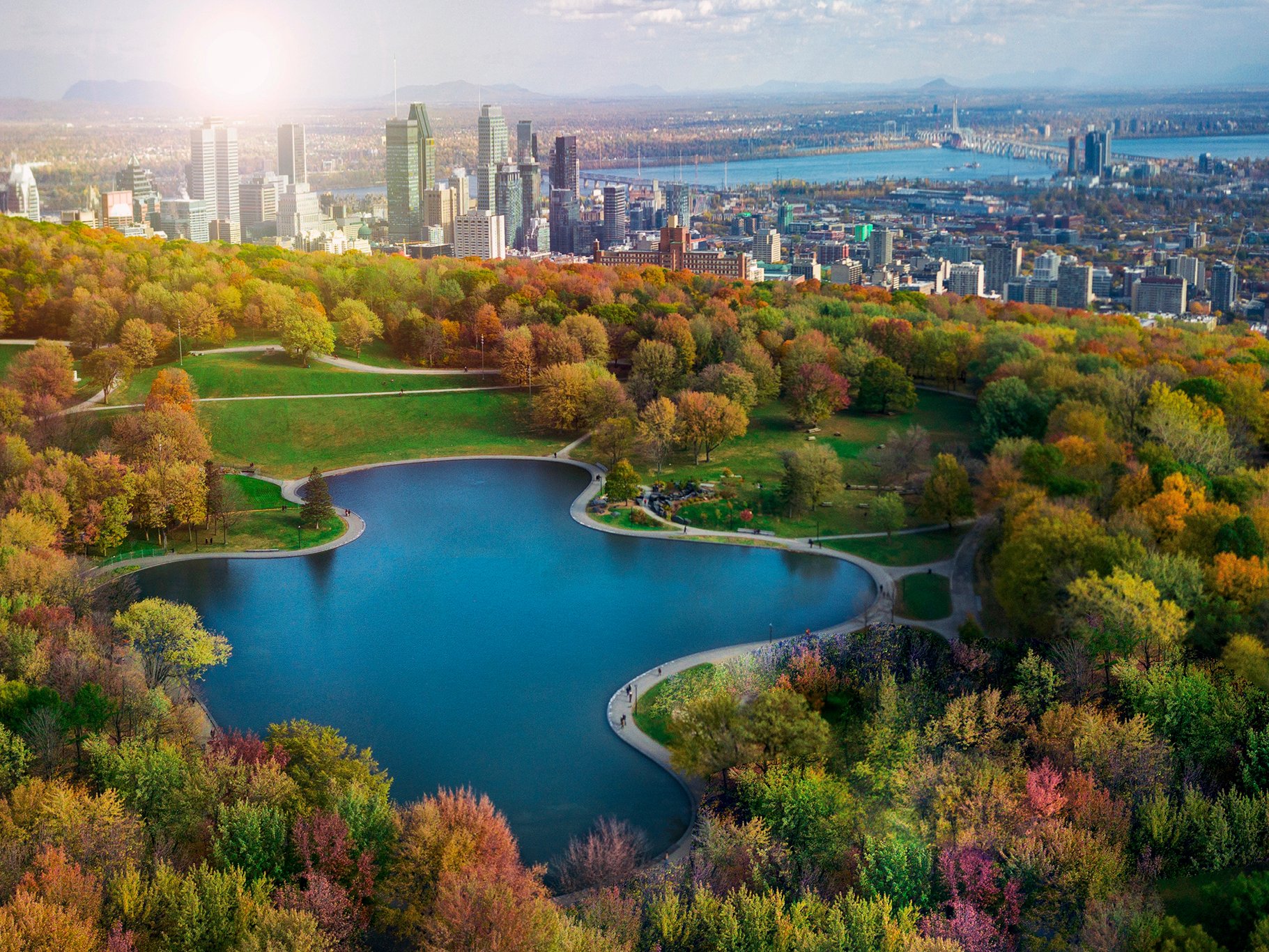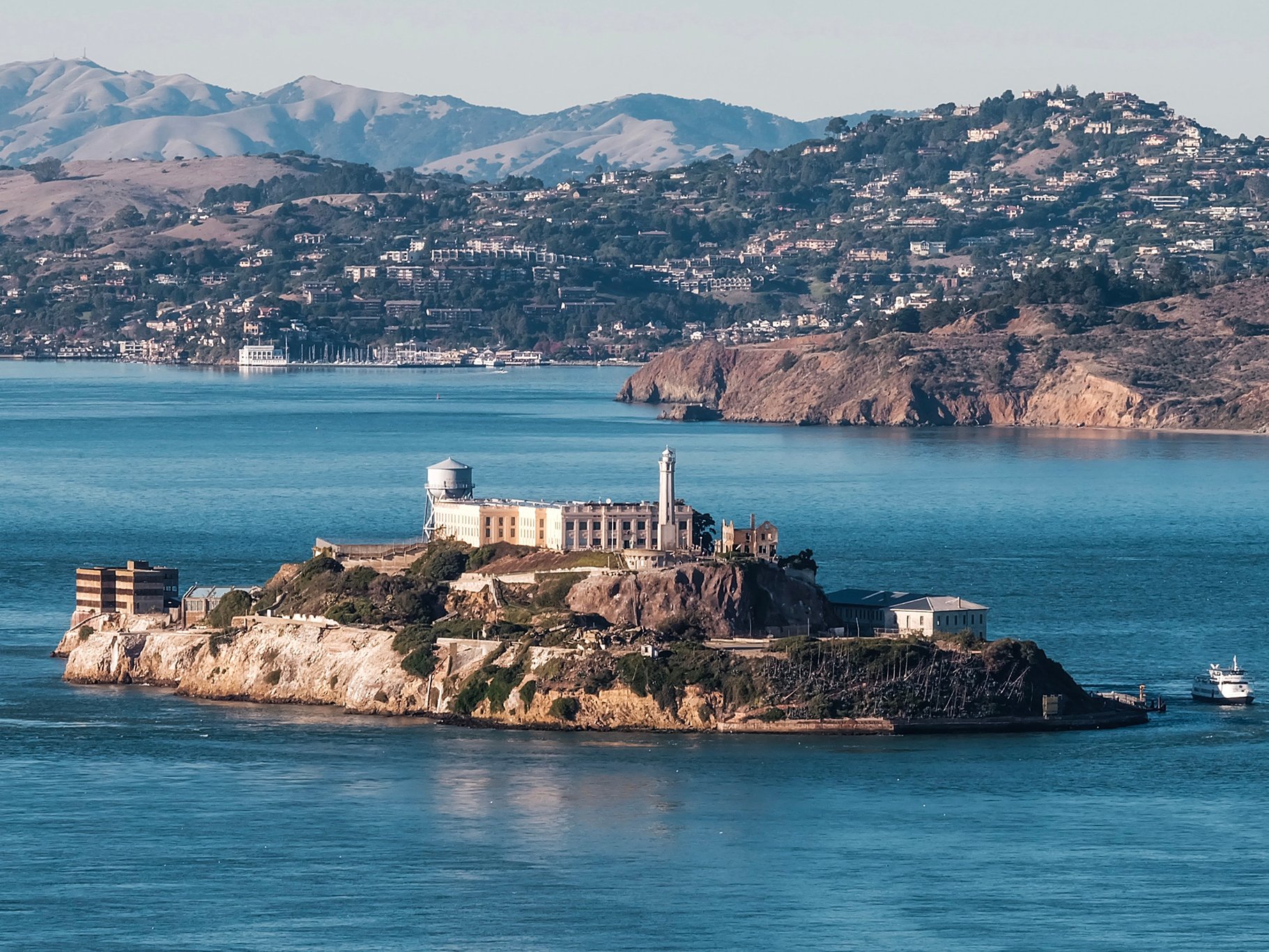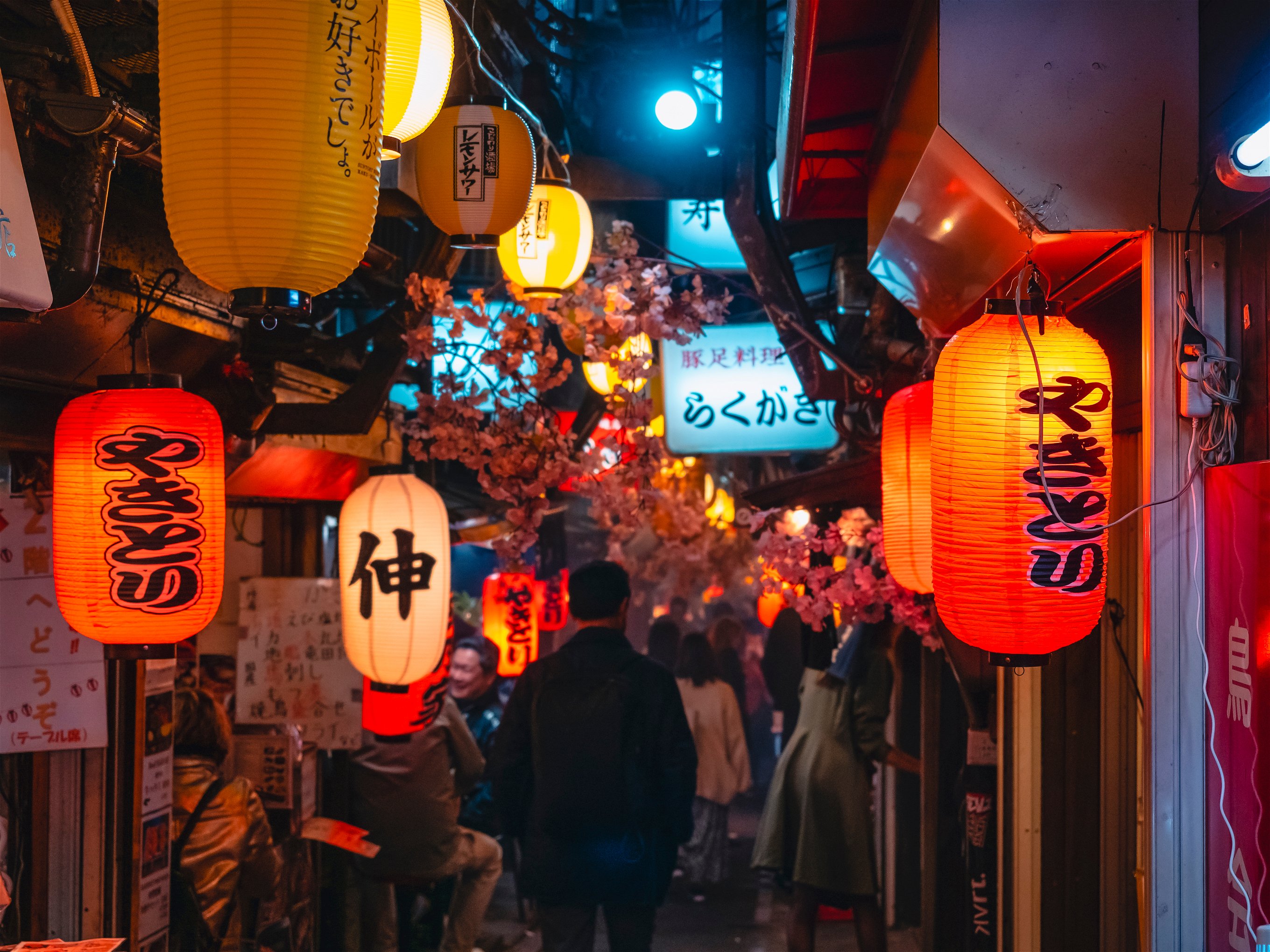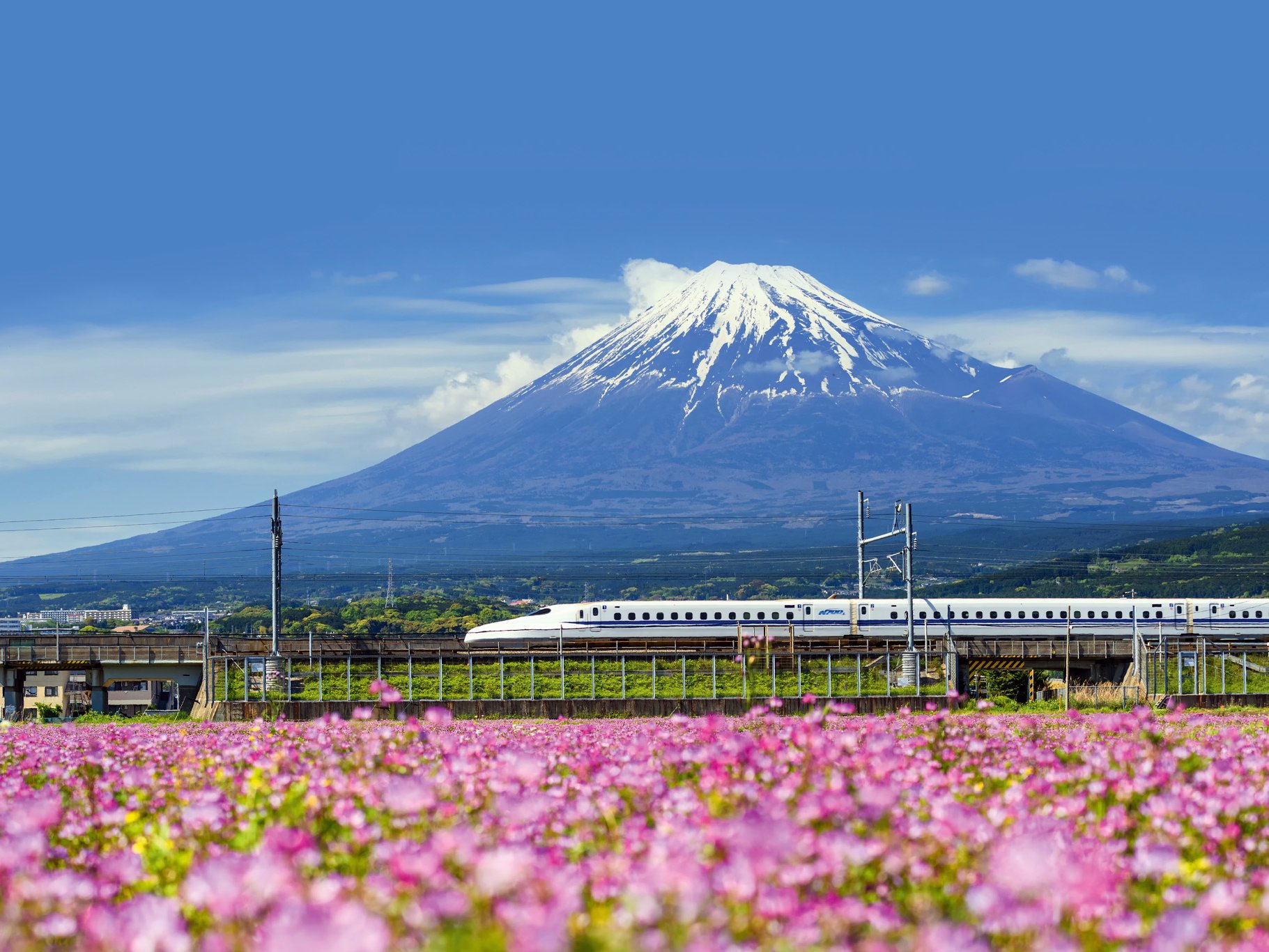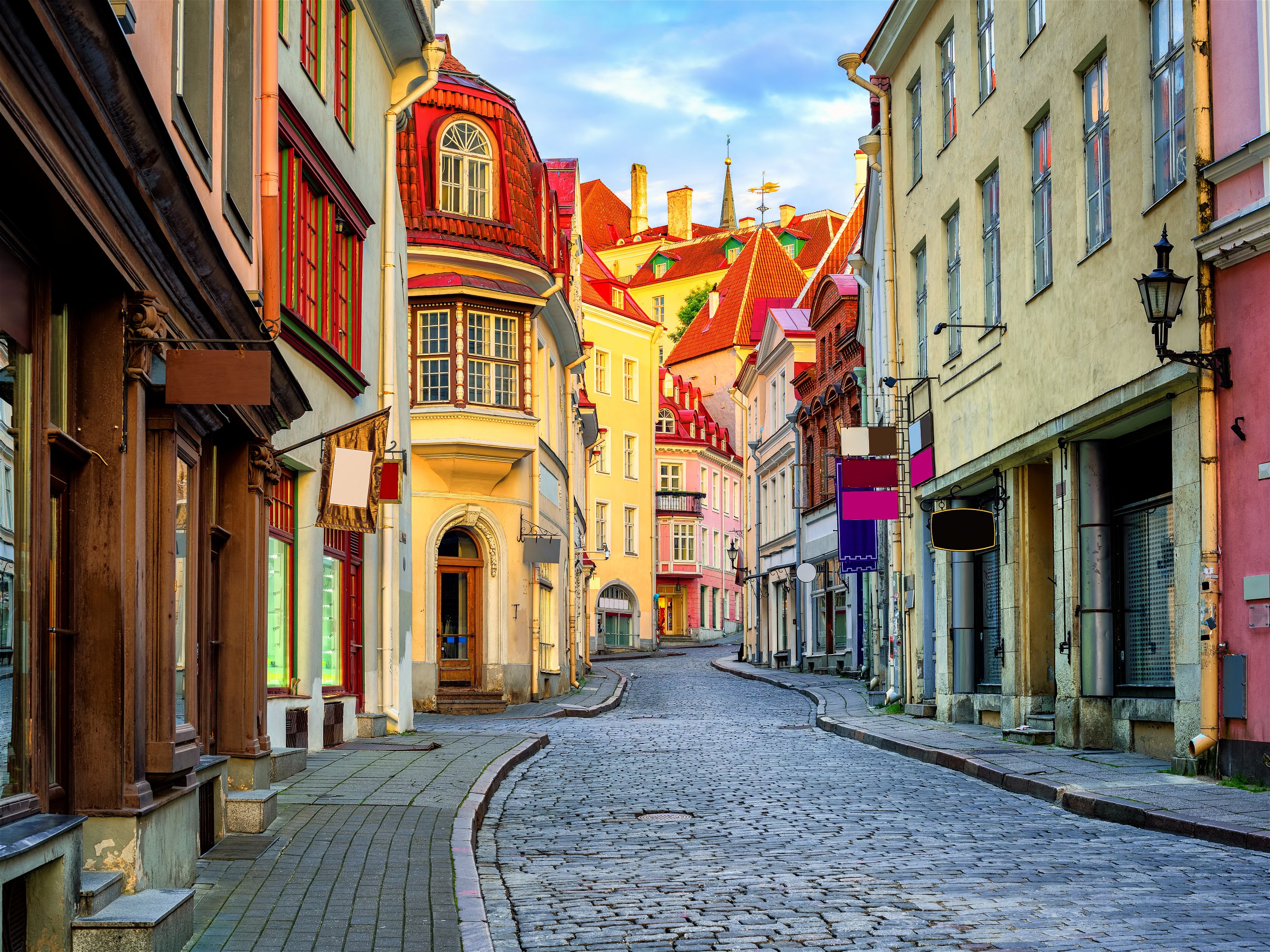Off the beaten track, part 3
Falstaff takes a look at destinations in the US and Canada which are often overlooked but also very accessible.
Given the sheer size of both the United States of America and Canada, there can be no doubt that is very easy to drift off the beaten track. However, with distances being so great, you really have to keep a check on just how far off the beaten track you go. So, for peace of mind, it has to be the best of both worlds – off the beaten track but also accessible.
California and the Lost Sierra
This is the perfect place for getting to grips with real America: the Sierra Buttes, a series of Alpine peaks of up to 8,500 feet (2,600 metres) high, are responsible for the ‘Lost Sierra’ nickname. There are no skyscrapers, no casinos, no fast-food outlets, just honest-to-goodness fresh mountain air and incredible ‘back to basics’ outdoor activities: bike, hike, horse, kayak, fishing, angling, camping and, if you are very brave, an icy water dip in crystal clear waters (even if only knee deep), magnificent trees, and even the odd wild cat.
It has been described as somewhat Gold ‘Rushy’ in as much as the architecture and ambience of the gold rush years have been very much preserved, and there is a dedicated trail (being constantly restored and/or improved) that links 15 of the former gold towns in the area.
Towns such as Camptonville, Sierra City and Downieville; while they provide the basic facilities you will need for your stay (with restaurants and guest houses), they are compact and charming, ensuring you feel you are well away from it all. However, if you have travelled from afar, especially outside the USA, it would be a shame not to visit San Francisco for a few days, if only for the Golden Gate Bridge and the best food in America.

How to get there
You must consider that this area is the back end of nowhere, so you will certainly need your own transportation (Highways 49, 70 and 89 are the ones to look out for). It’s about four hours to the north east of San Francisco and the term ‘public transport’ is simply not in the local dictionary. You will also have to keep an eye on refuelling, as the area is not exactly littered with gas stations, and electric cars are not a sensible option. San Francisco and Oakland airports are the nearest for international visitors.
Best time to visit
May to October. For anglers, the season is between April and November. You have to check what the snowfall might otherwise be, and higher locations can still be deep in snow in early June.
Canada: Waterton Park and lakes
Mention the Rocky Mountains, and the seasoned traveller will immediately reply that you must see the magical mountain views from Banff on the Canadian side, or the Glacier National Park from the USA side.
Waterton Park will rarely be mentioned and being as it is, wedged between the two aforementioned giants of tourism, it can often be overlooked. This is even though, in 1895, it was appointed as one of the world’s first-ever national parks. Since then, it was designated America’s first International Peace Park in 1932 and later recognised as both a Unesco World Heritage site and Biosphere Reserve.
It's two to three hours (depending on your mode of transport) due south of Calgary, on the southern border of Alberta with Montana in the USA. It is a scenic-hunter’s paradise, with more mountain and lake views than you could wish. It is especially famous for the Carthew-Anderson Trail, which is said to be one of the finest higher-altitude hiking trails in the ‘North Americas’.
You can see up to 800 species of wildflowers and catch sight of some of the big wildlife beasts, including bears, bison, moose and cougars. You can camp, hike, cycle and even indulge in a lake cruise. Upper Waterton Lake is Canada’s largest ‘glacial trough lake’ and the deepest in the Canadian Rockies. It is also worth looking up the history of the region, which you will find quite fascinating.
They say to bring a good pair of binoculars, warm clothing and have access to either a hard copy or electronic star chart, as the lack of light pollution will reveal a truly magnificent night sky.
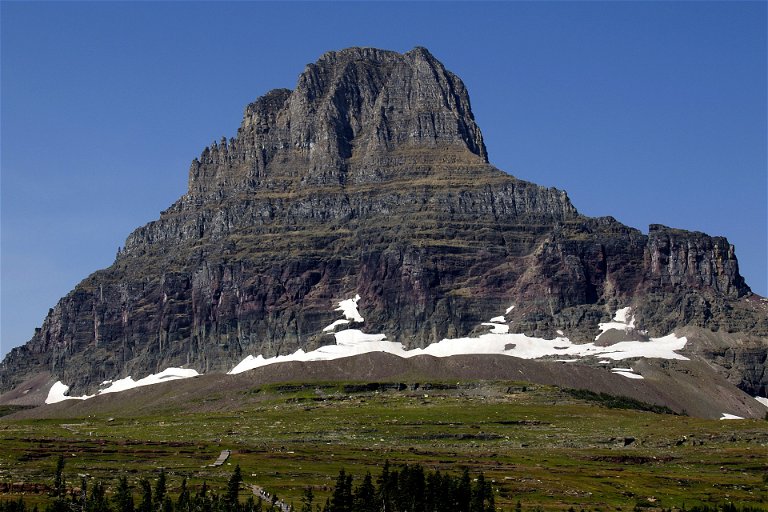
How to get there
You can rent a car from the airport in Calgary, which is possibly the better option. You can take a bus, but you will end up with a long taxi journey of some 55km (approximately 35 miles) at your final stage, Pincher Creek, before reaching Waterton.
Best time to visit
June to September is potentially the best time; late spring sees an increase in migrating birdlife, July and August the best weather, and early Autumn the best colours and prices. However, you will need to research any closures, such as lake activities and cycle renting, if you plan to make these central to your visit.
Texas: Big Bend National
Named ‘Big Bend’ for the incredible change in the course of the Rio Grande river from its southeastern to a northeastern flow. Making its way through the Chihuahuan Desert, it has helped create not only fantastic canyons, but it also forms the natural boundary between the USA and Mexico.
You will not only find the most species of birds (in excess of 450), but Big Bend is one of the world’s largest ‘Dark Sky’ parks in the world, where, when it gets dark, it really gets dark.
There is no doubt that it is obviously an outdoor place. However, because it is so far off the beaten track, it is wonderfully underdeveloped and sees only around 7-8% of the tourism of the famous Grand Canyon, with much less during the off-season. So, you’ll have hike trails (the wonderful Chihuahuan Desert nature trail), river rafting (in Santa Elena Canyon) and paddling, and even scenic driving to yourself. If you are a keen photographer, you won’t have to worry about someone in unnecessarily bright clothing ‘bombing’ your photograph (Emory Peak provides a magical vista).
And if you fancy total relaxation, the Langford Hot Springs might just be a magnet for you. Or perhaps a visit to the ghost town of Terlingua might take your fancy.

How to get there
You will need a car, and it will have to be a four-wheel drive if you intend heading off the beaten track. El Paso Airport is some five hours to the west, with Midland Airport approximately three hours to the north, where you can arrange to pick up your rental vehicle. There is a visitor centre at Chisos Basin which is the acknowledged gateway to the area.
Best time to visit
October to April is potentially the best time (it will also be the ‘busiest’ if a destination with an excess of 150 miles of desert and mountains trails could become especially busy) as temperatures are much easier to cope with (summers can be as scorching as they appear to be in cowboy films). Winters are mild, and you may find light snow, but all the trails will be deserted.
However, as the temperature can suddenly climb at any time, you may need to avoid the middle of the day for hiking. Take sunscreen with you, and if you fancy a trip into Mexico to the south, with a day visit to the small village of Boquillas (and across the Rio Grande) and immediate area, don’t forget your passport.




